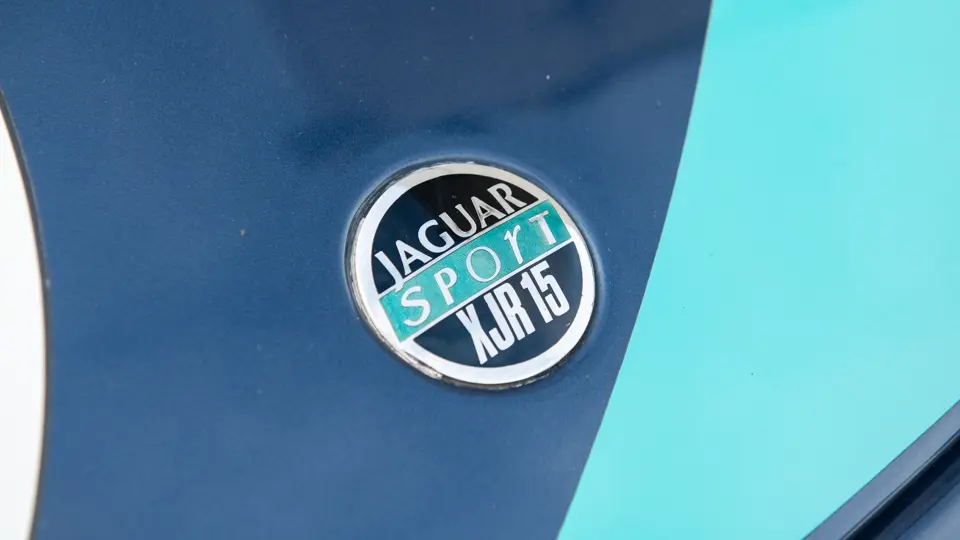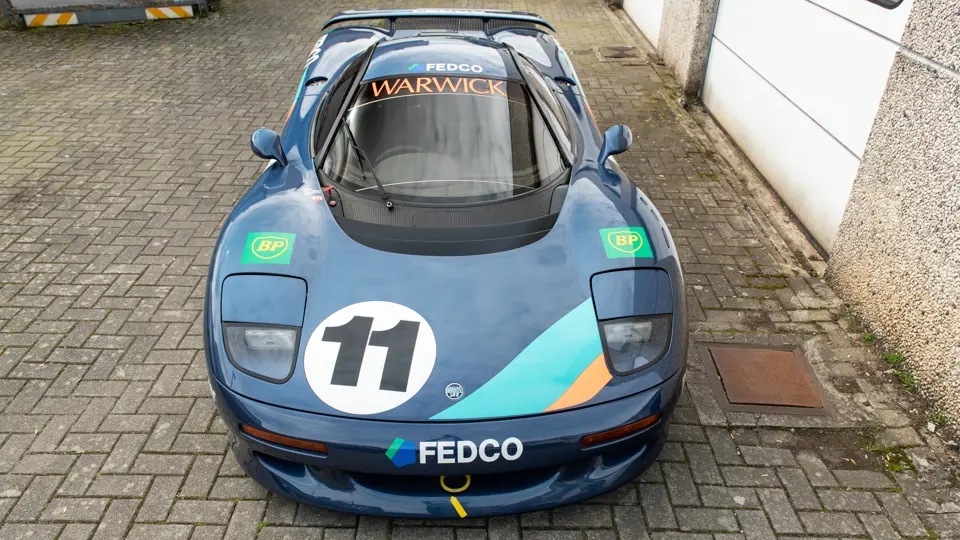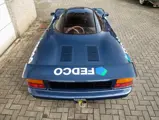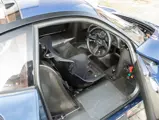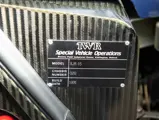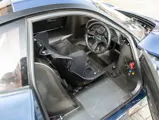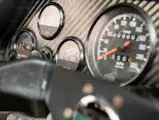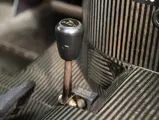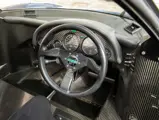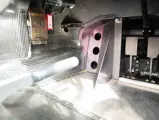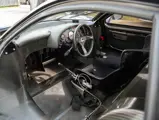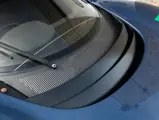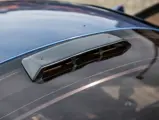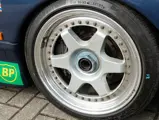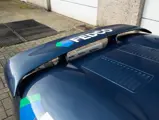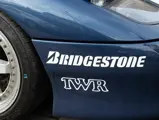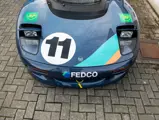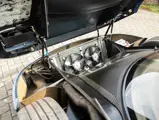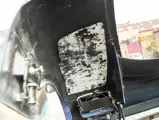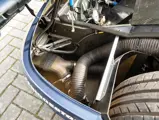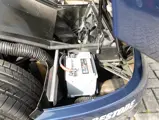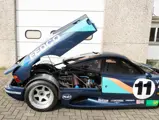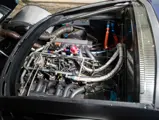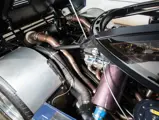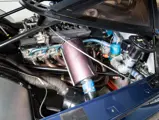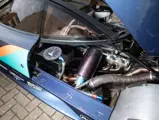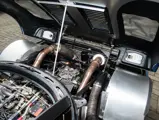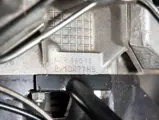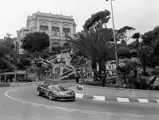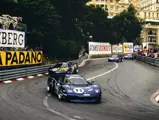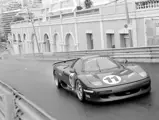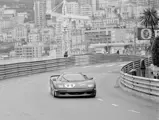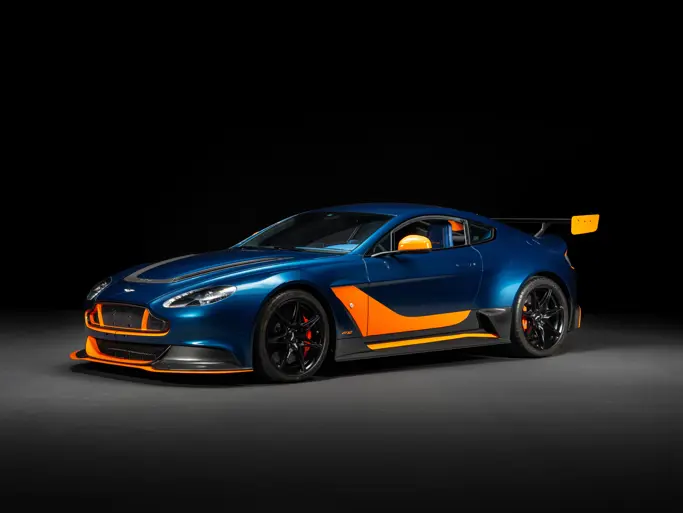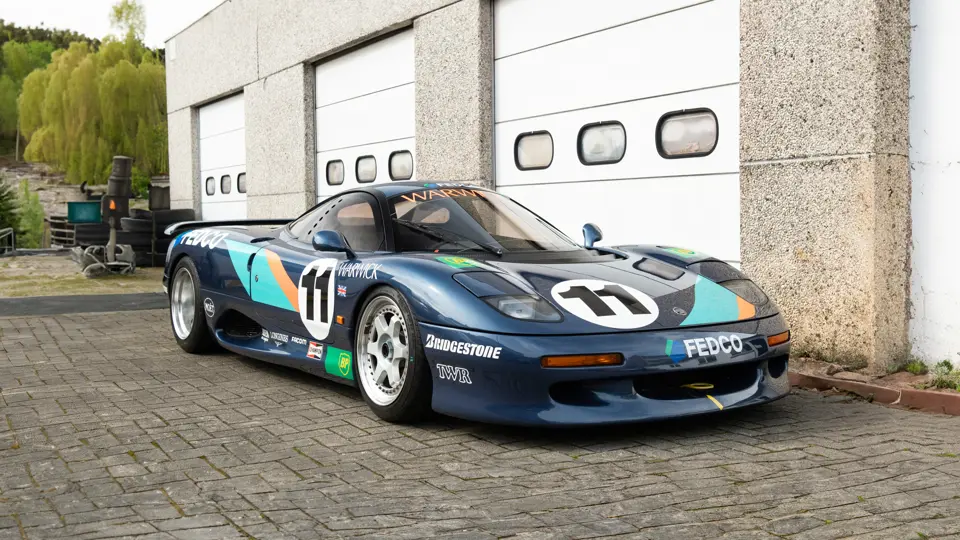
1991 Jaguar XJR-15
{{lr.item.text}}
€1,400,000 - €1,600,000 EUR | Not Sold
{{bidding.lot.reserveStatusFormatted}}
- One of a limited number of race-going XJR-15s built to compete in the JaguarSport Intercontinental Challenge
- Campaigned by Works TWR driver Derek Warwick in the 1991 series
- Race-winner in the opening round at Monaco, edging out David Brabham by a split-second
- One of only 52 cars built
- Presented in its 1991 livery
The motorsport programme that would take the Jaguar name back to the pinnacle of international sports-car racing during the 1980s was masterminded by Tom Walkinshaw. His TWR outfit delivered Le Mans victories in 1988 and 1990, plus three Manufacturers’ World Championship titles, and the Silk Cut-liveried Jaguars would become iconic reminders of a golden period of motorsport history.
It was during 1988 that Walkinshaw hatched a plan to create a road car that would offer some of the sensations of his Group C racers. Peter Stevens—later to design the McLaren F1—was brought in, and the small team also included Eddie Hinckley, Dave Fullerton, and Andy Morrison.
Initially working from the carbon fibre XJR-8 tub that had survived Win Percy’s accident at Le Mans in 1987, they set about developing a car that could meet roadgoing regulations, featured more interior room than the Group C racer, and could be built using a much simpler production process. It retained much of that car’s ethos, however, and was powered by a 450 brake horsepower, 6-litre version of Jaguar’s mighty V-12 engine.
The prototype was ready for Walkinshaw to drive when he returned from Le Mans in summer 1990, at which point this was still very much a TWR project. By the time of its official launch in November that year, however, a deal had been done with Jaguar to produce it under a different name—the TWR R9R had become the JaguarSport XJR-15.
During 1991, the new car would be showcased in the Intercontinental Challenge, a spectacular three-race series that supported that year’s Formula 1 Grands Prix at Monaco, Silverstone, and Spa-Francorchamps. Tempted by the million-dollar, winner-takes-all finale at Spa, owners were invited to enter their XJR-15 and the drivers employed to race them included the likes of David Brabham, Armin Hahne, John Nielsen, Ian Flux, Tiff Needell, and Bob Wollek.
The XJR-15 being offered for sale—chassis 020—would be driven in the Intercontinental Challenge by perhaps the most famous name on the driver roster. By 1991, Derek Warwick had enjoyed a stellar career in which he’d driven for Toleman, Renault, Brabham, Arrows, and Lotus in Formula 1, and he’d long been a mainstay of the TWR-Jaguar sports-car team. In fact, the week before the opening round of the Intercontinental Challenge took place, he won the Monza 430 Kilometres, sharing a Jaguar XJR-14 with Martin Brundle.
The sight and sound of 16 XJR-15s being hustled around the tight streets of Monaco impressed everyone who saw it. The first practice session was held in damp conditions and Warwick soon set the benchmark time, before coming back into the pits to see if anyone else could get near it. As the track dried out, Armin Hahne went quicker, so Warwick leapt back into his XJR-15. With time for only a single flying lap, he reclaimed pole position in 1 minute 47.8 seconds—a full 1.6 seconds clear of Hahne.
Second practice was wet, so the grid remained unchanged for the race on Saturday afternoon. The field was led around by Walkinshaw, driving a Jaguar XJS, before being unleashed from a rolling start. Warwick and Hahne went toe-to-toe into the first corner, but Warwick held the lead as they climbed the hill towards the casino.
After Hahne spun at the Swimming Pool section, Warwick built a lead of four seconds over David Brabham, but then the Englishman had his own scare at the Swimming Pool—right in front of a spectating Nigel Mansell. He gathered it all up and retained the lead, but Brabham and 3rd-placed Davy Jones were now snapping at his heels. Warwick had it all under control, though, and took victory by 0.7 seconds.
He then took pole position for the next round of the Intercontinental Challenge at Silverstone, and looked to be favourite to claim another win. In what turned out to be an eventful race, though, he was beaten away from the rolling start by Brabham and Euser. When Brabham went wide at the first corner, Euser and Warwick got past into 1st and 2nd, and as they arrived at Stowe corner, Warwick tried to get past on the outside. It didn’t work, contact was made, and Warwick suffered a puncture that forced him into the pits. He rejoined, but retired three laps later with a throttle problem.
The final round of the series was the million-dollar race at Spa-Francorchamps. Warwick lined up in 3rd place on the grid and held that position as they completed the opening lap. He was still close behind Armin Hahne and Cor Euser on the ninth lap, when he dropped a wheel onto the grass in the fast corners leading to the Bus Stop chicane and crashed into retirement.
During the mid-1990s, this XJR-15 was sold from Europe to an owner in the USA, before returning to Europe in the mid-2000s. Its rear panel has been modified so that it can be opened more easily, and while it is presented in running condition, it will need further recommissioning work before tackling any serious track use.
Only 50 of these JaguarSport XJR-15s were built, plus two more TWR-badged cars, and chassis 020 is one of only three that boast a race-winning history. The model predated the McLaren F1 as being the first all-carbon road car, and in recent years, the combination of its stunning Peter Stevens styling, fabulous V-12 engine and TWR pedigree has led to its growing status in the eyes of discerning collectors.

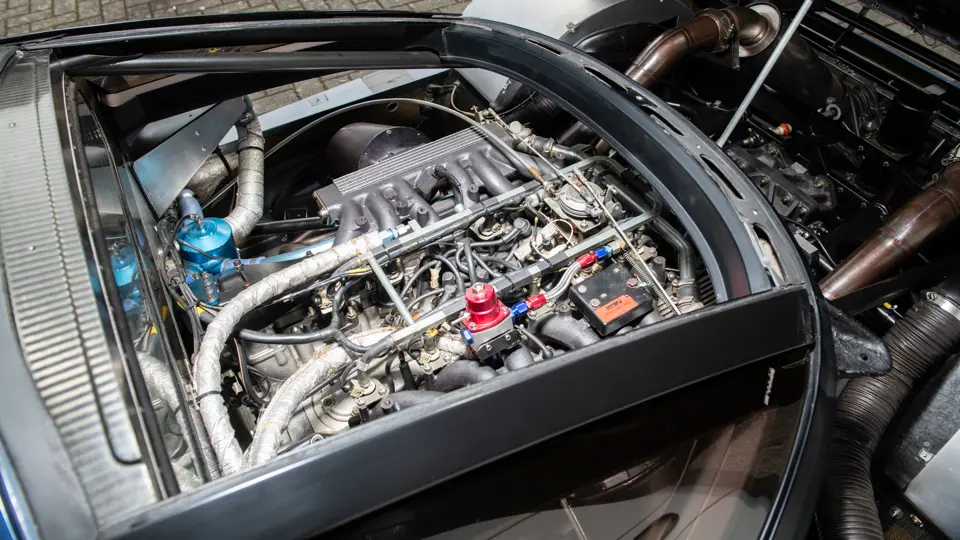




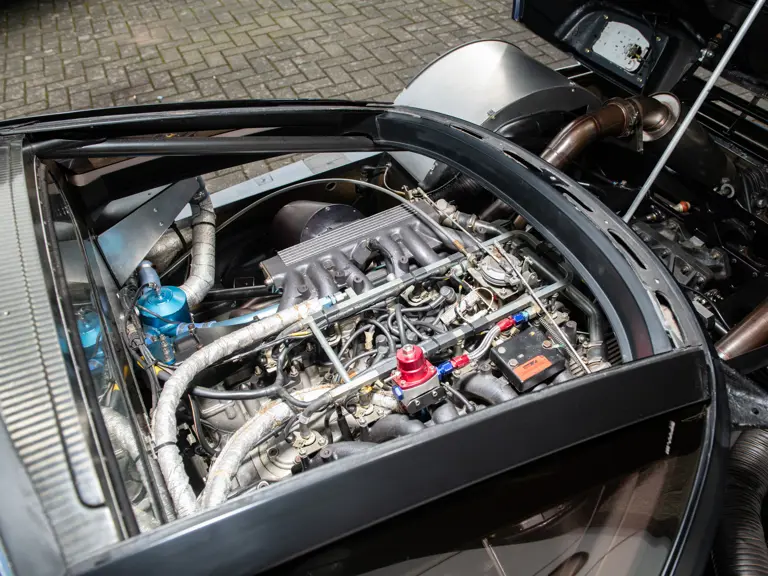

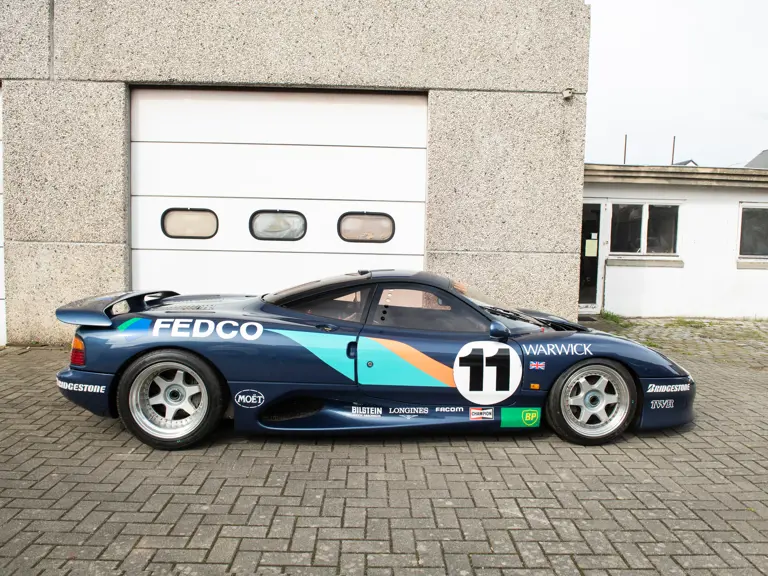
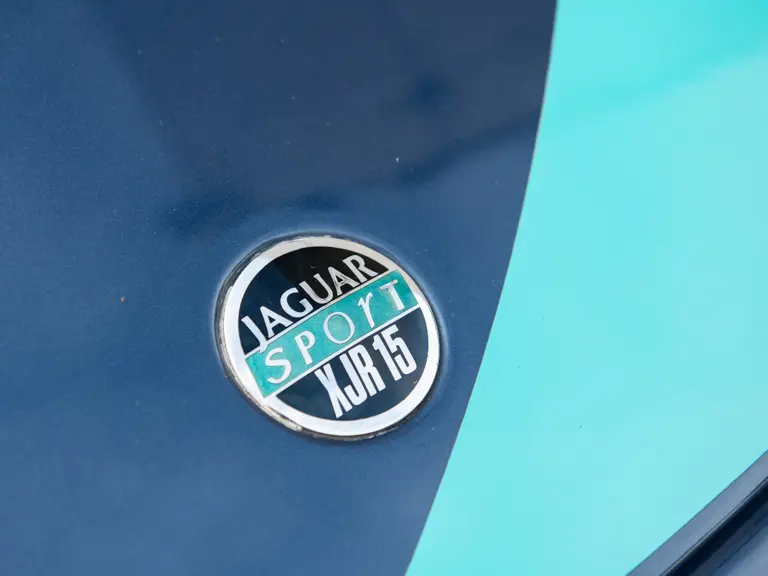
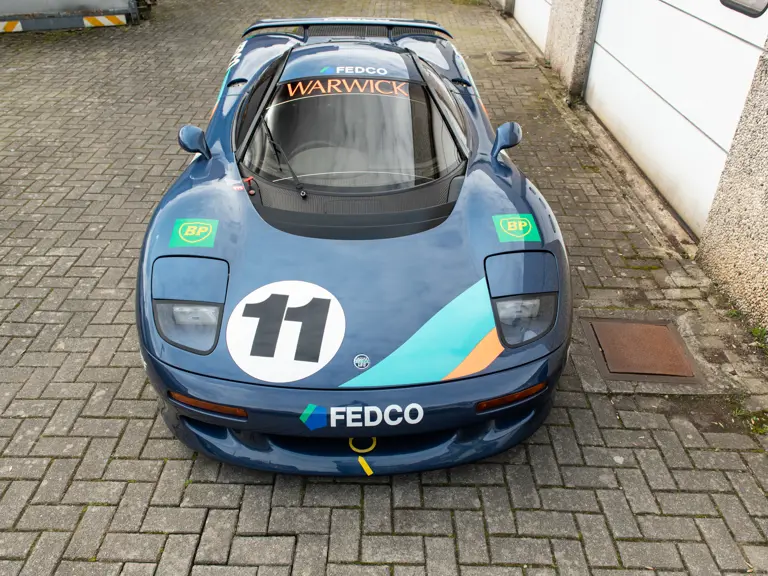
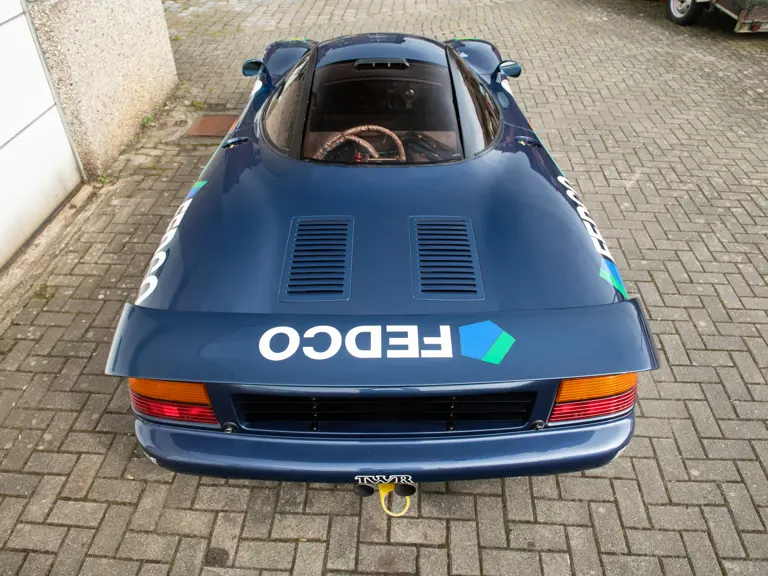
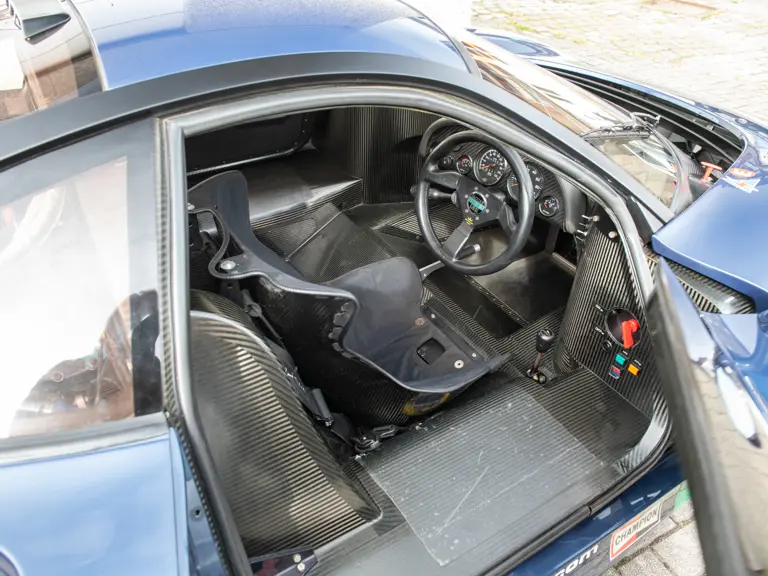
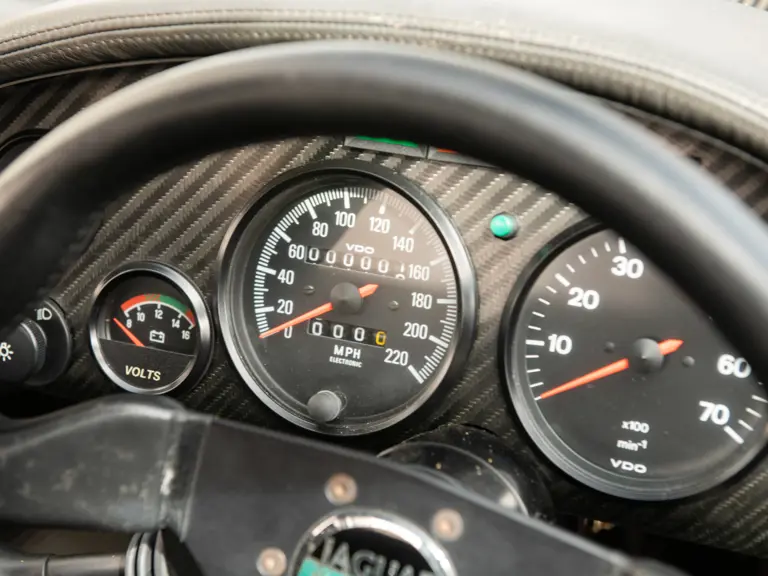

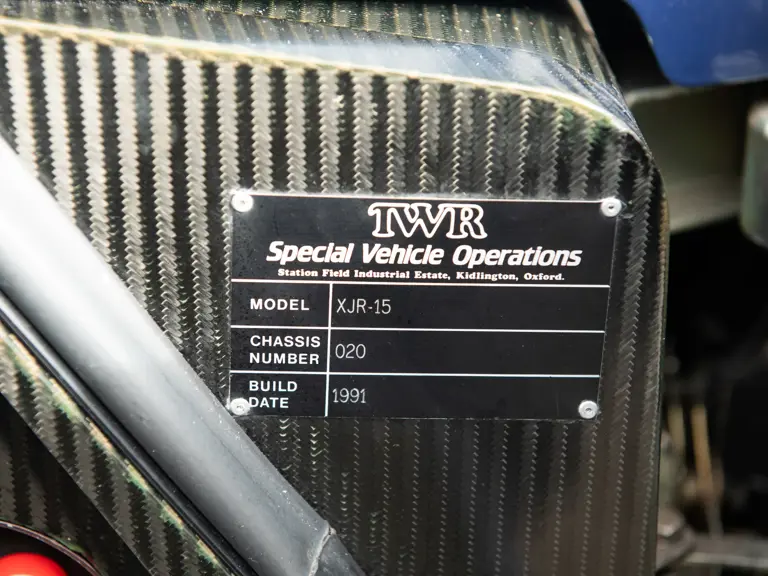
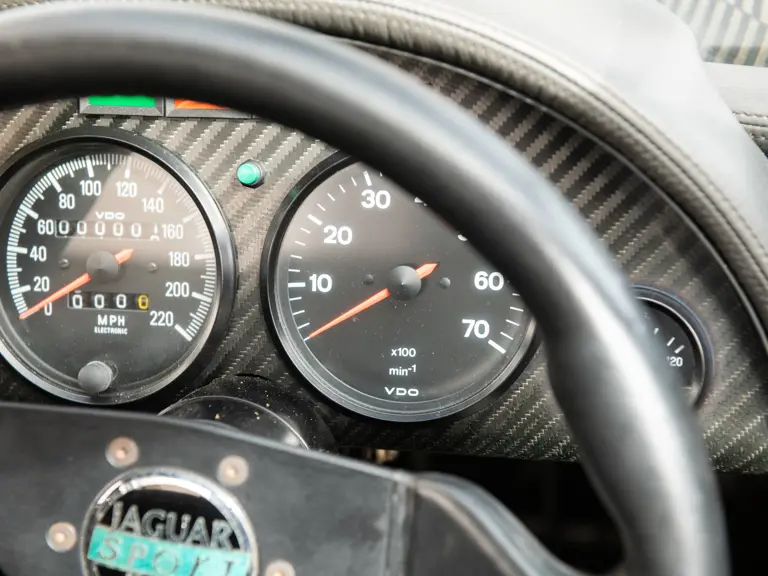


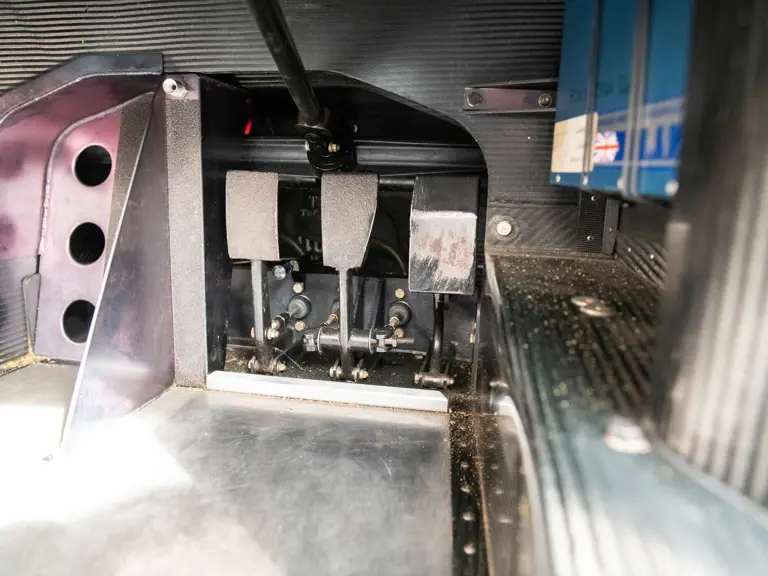
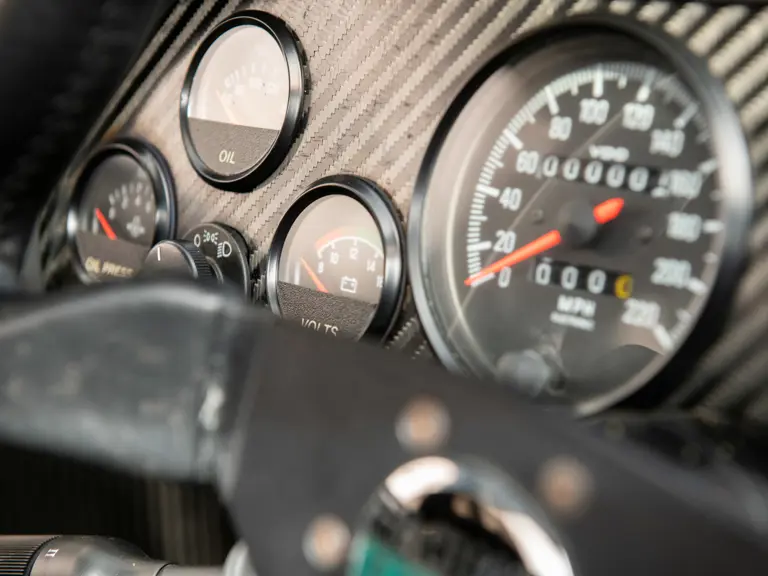

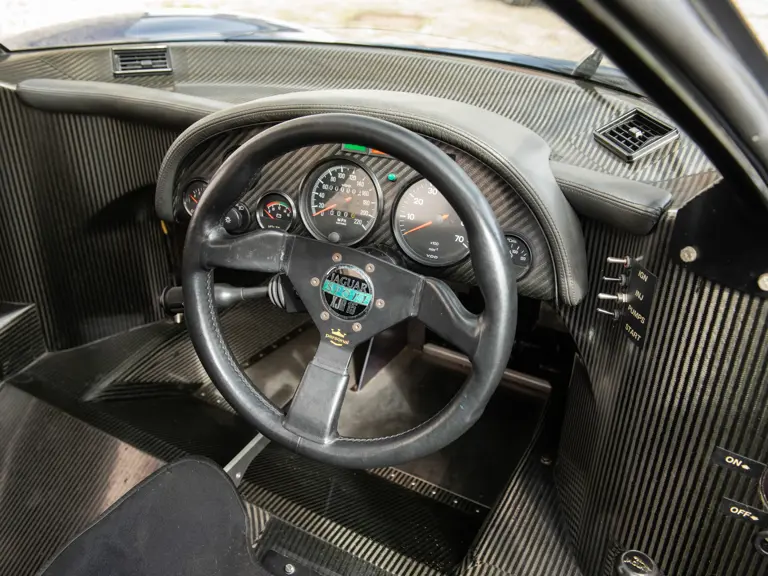


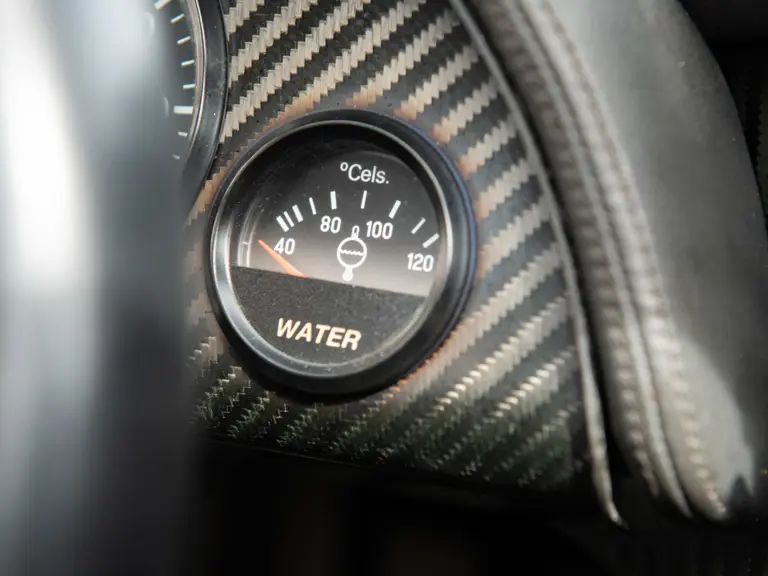
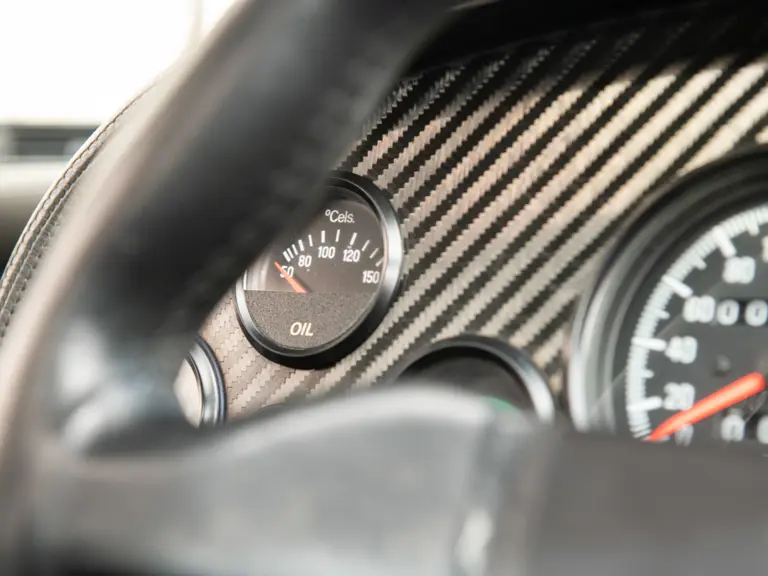
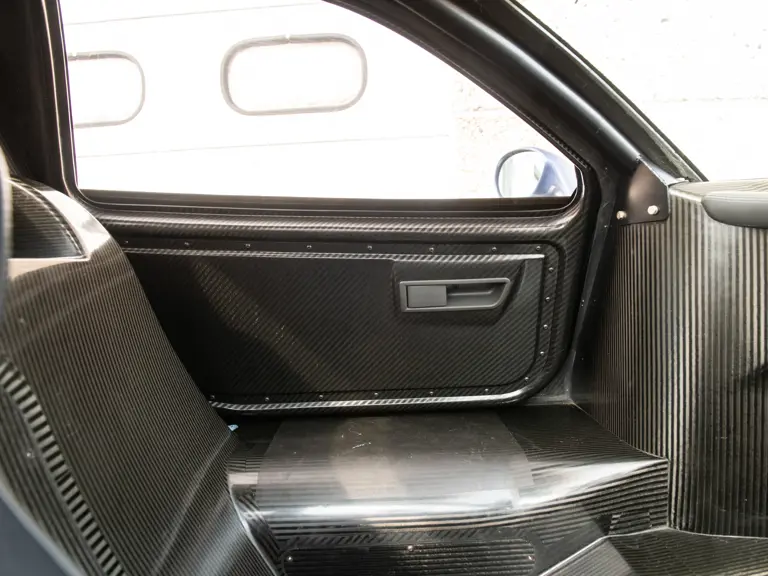

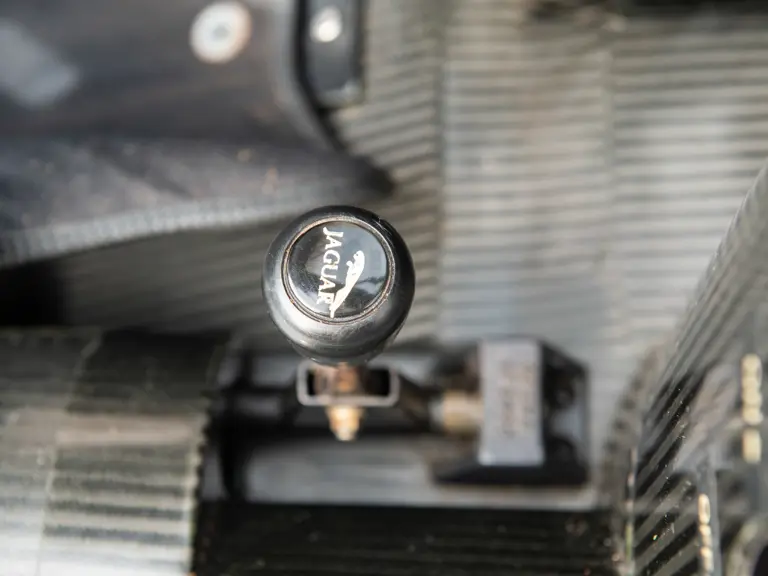




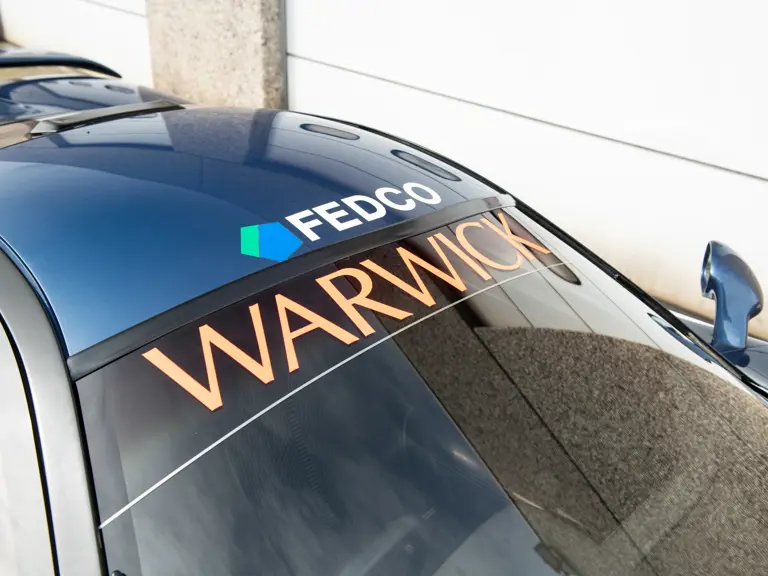
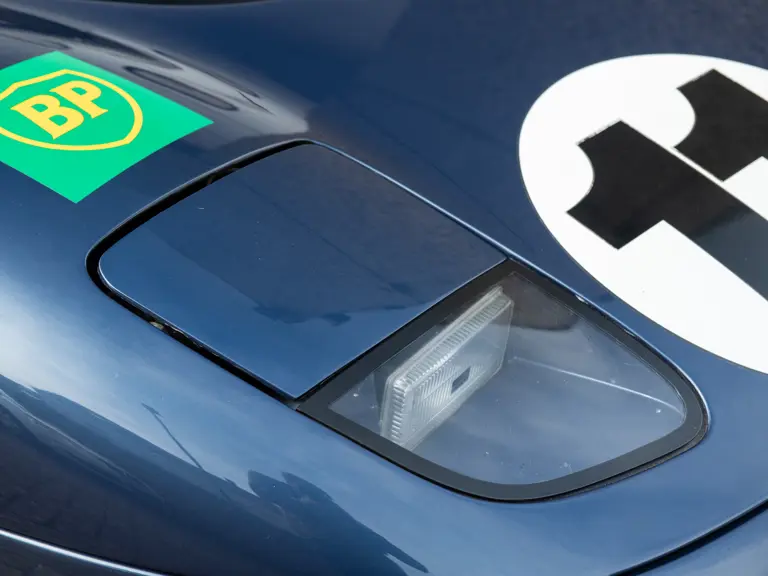
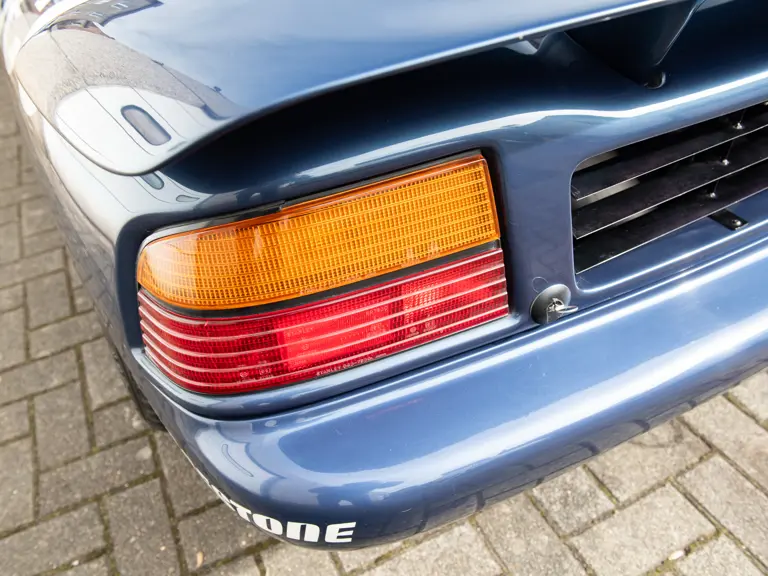
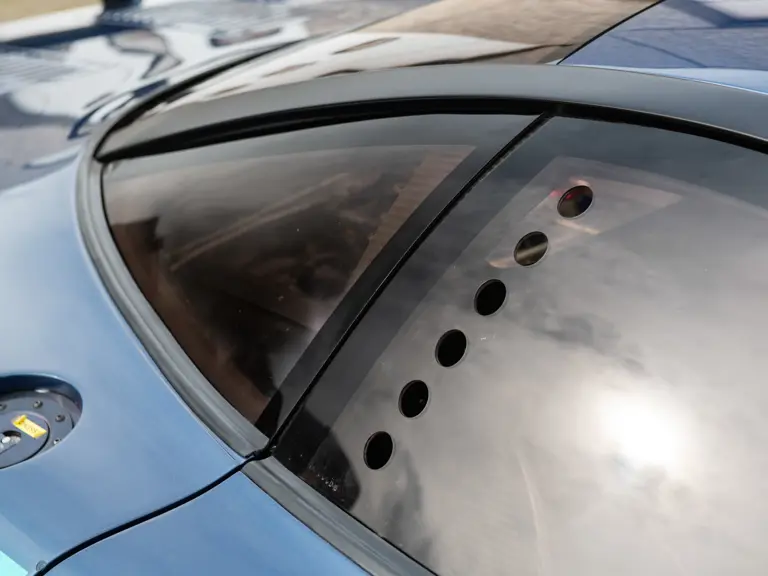
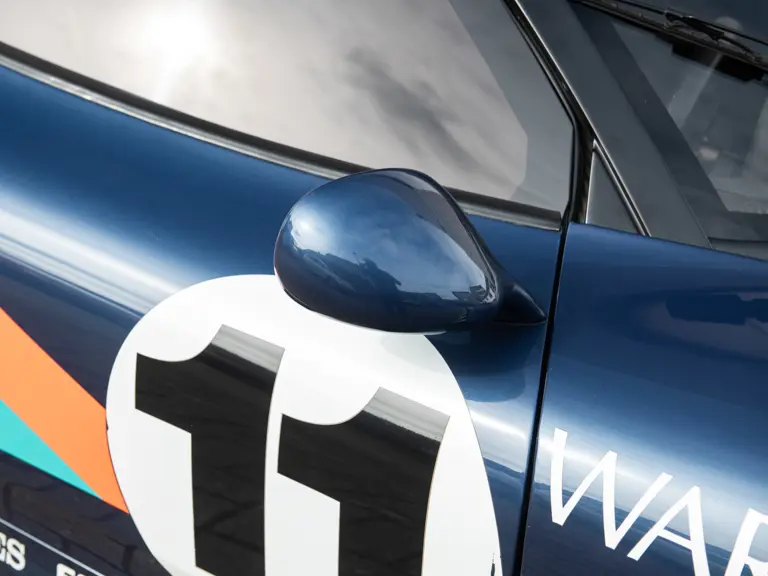

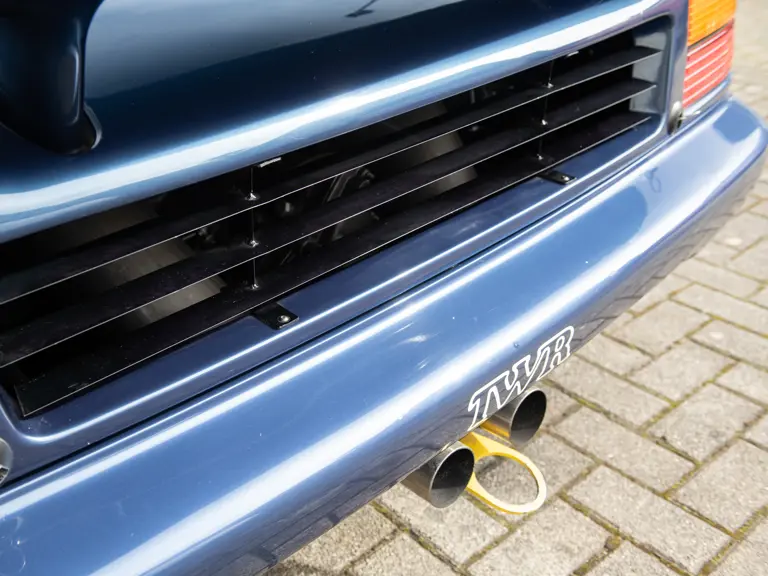

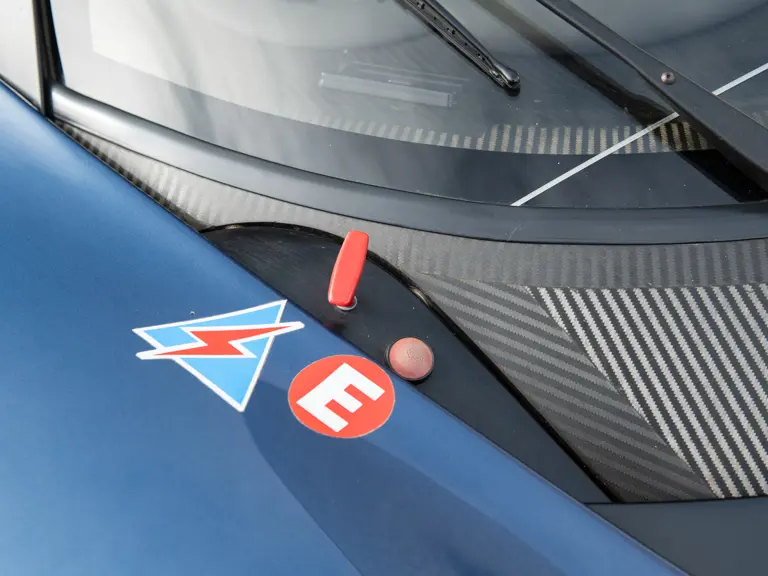
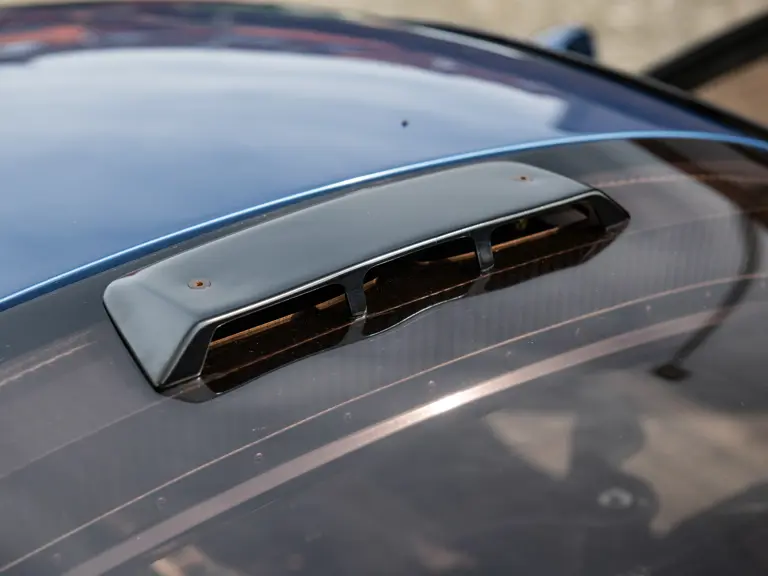
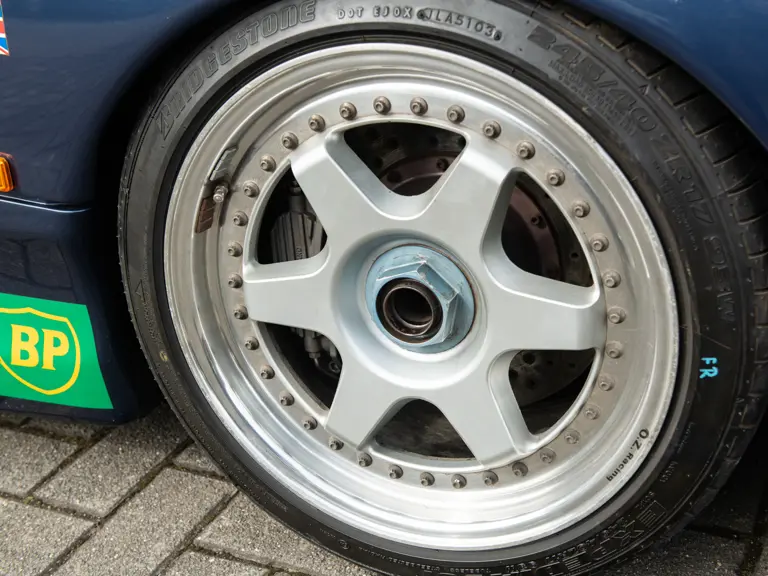
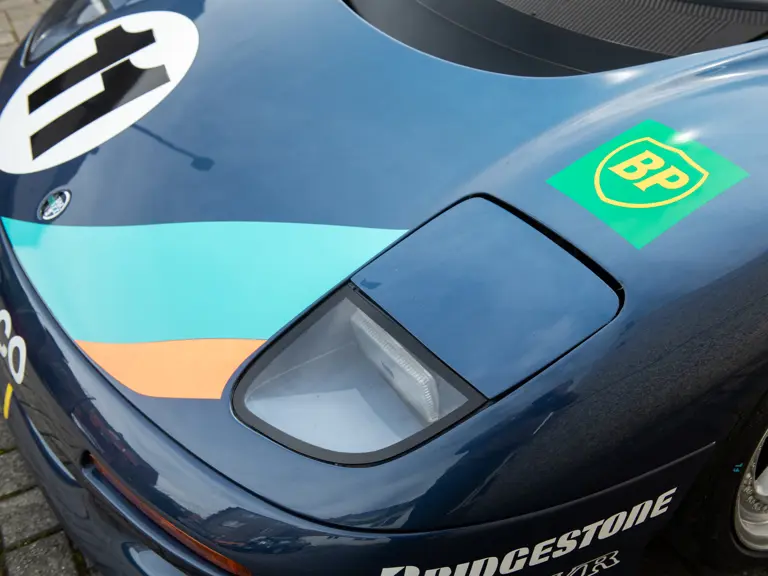

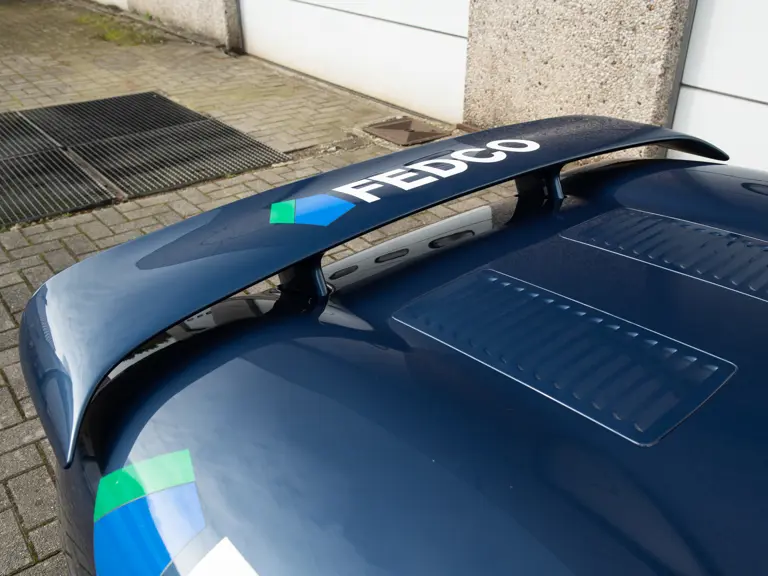

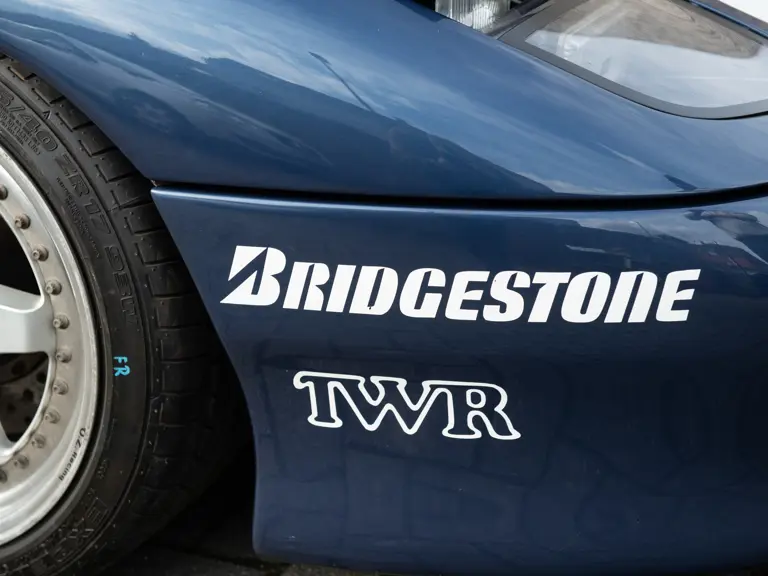
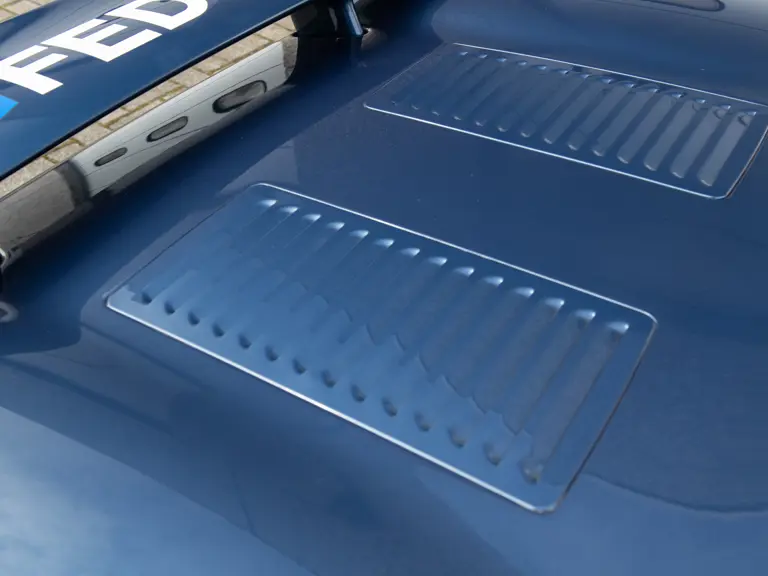

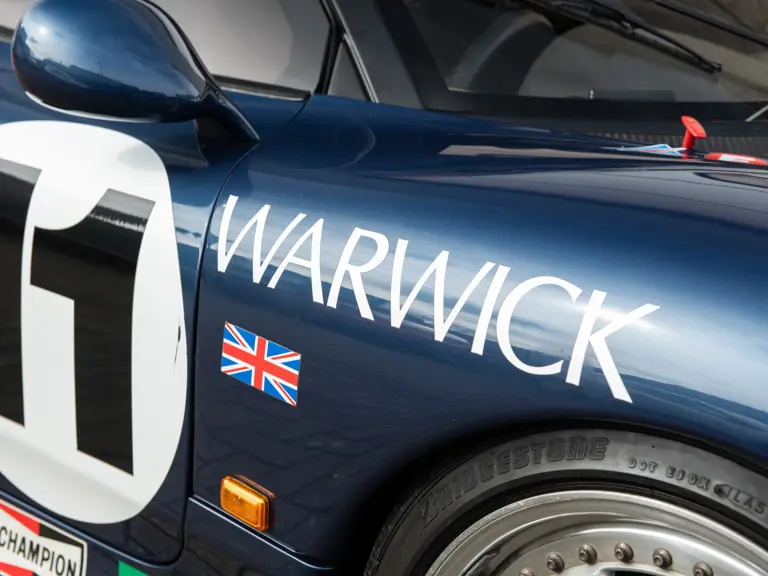
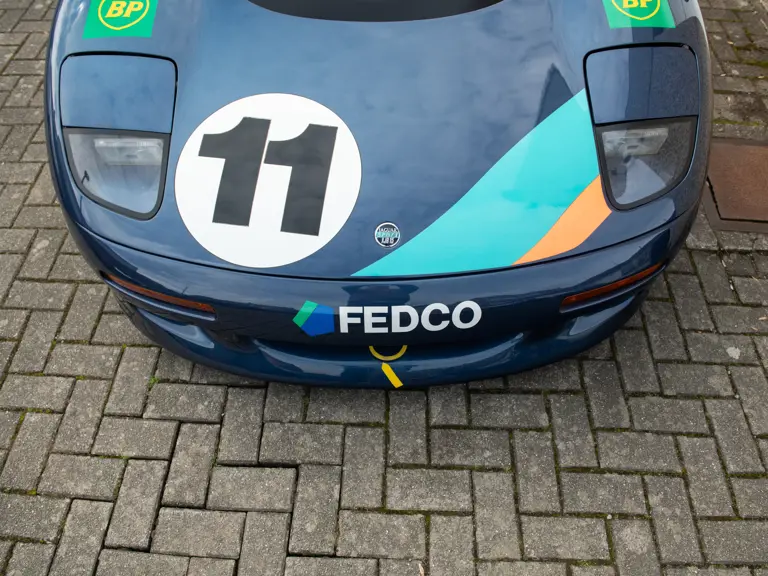

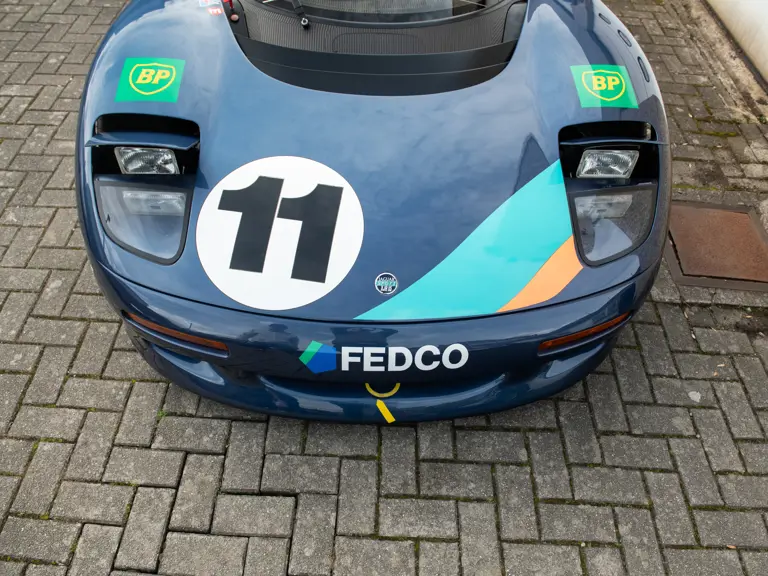
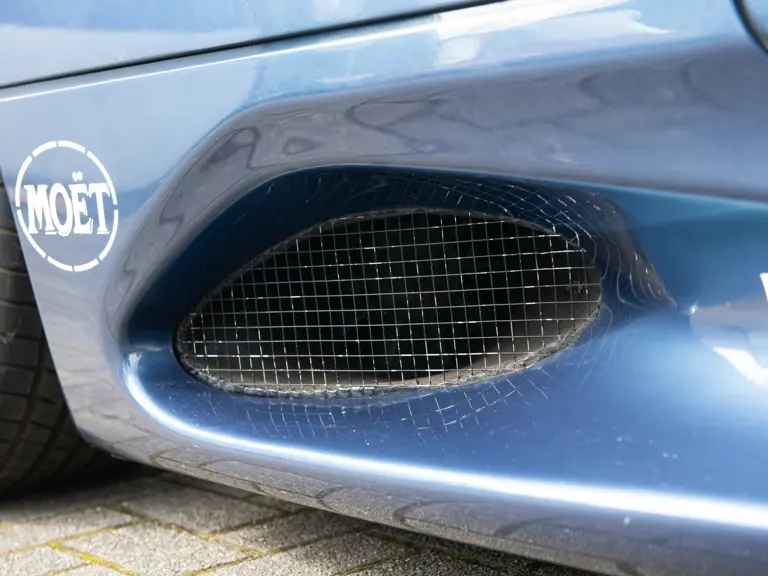



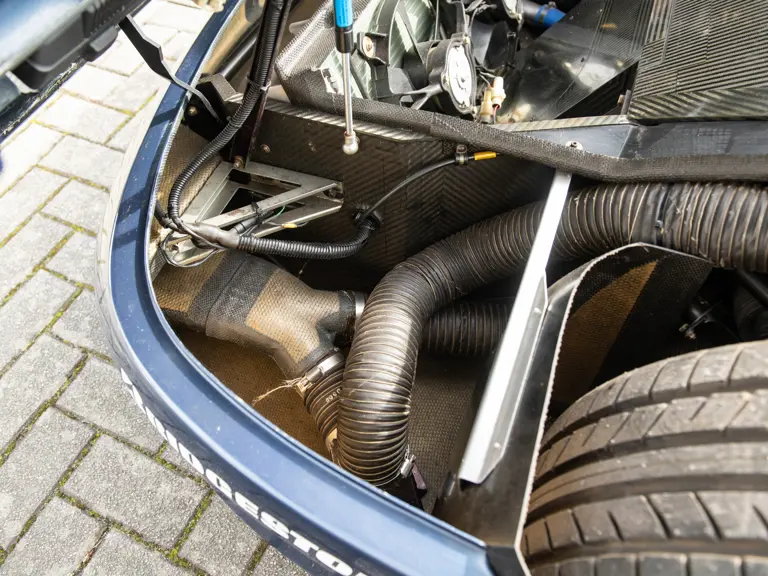
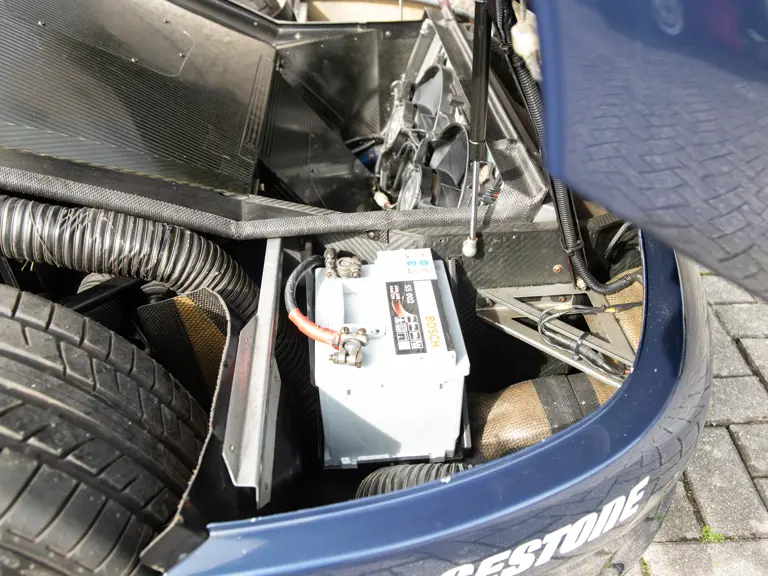


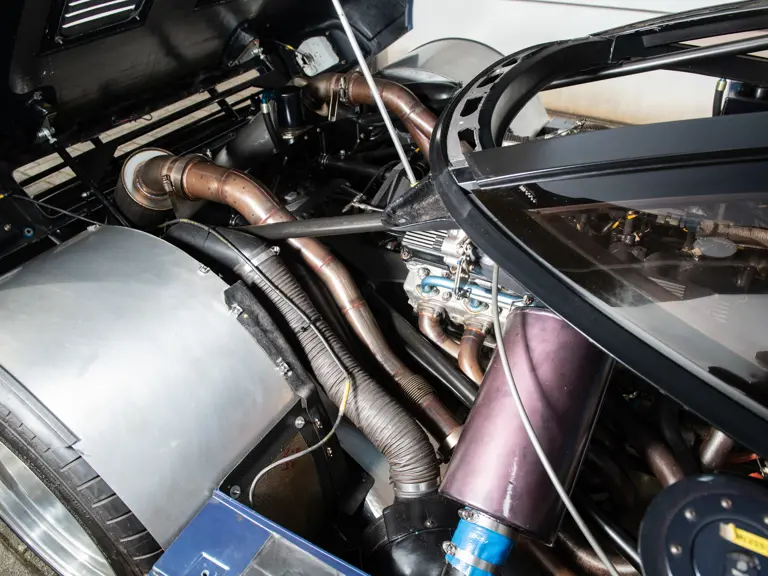
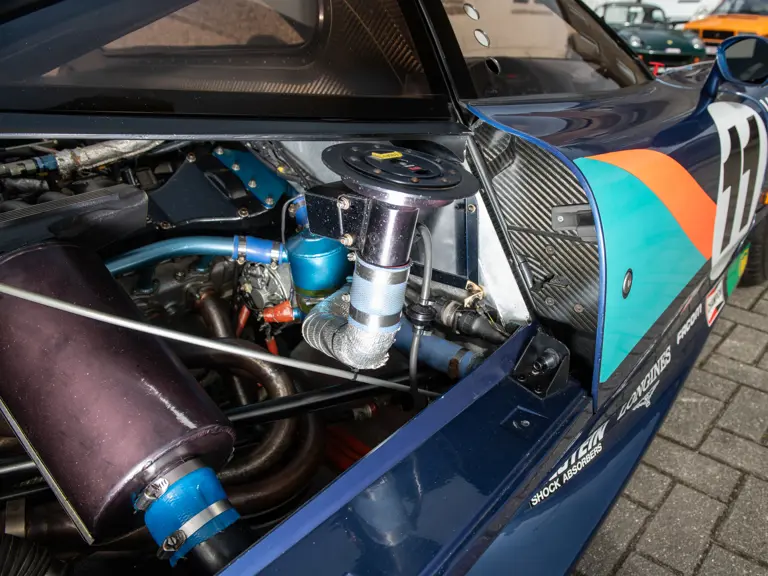

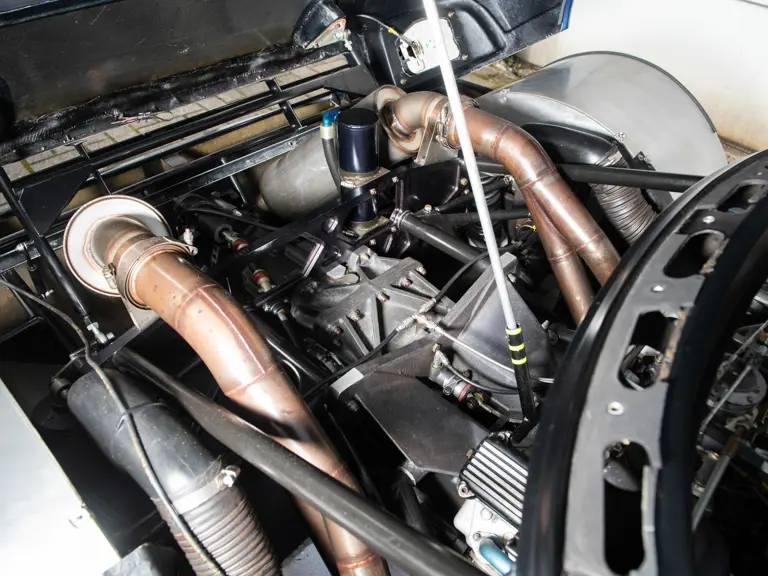
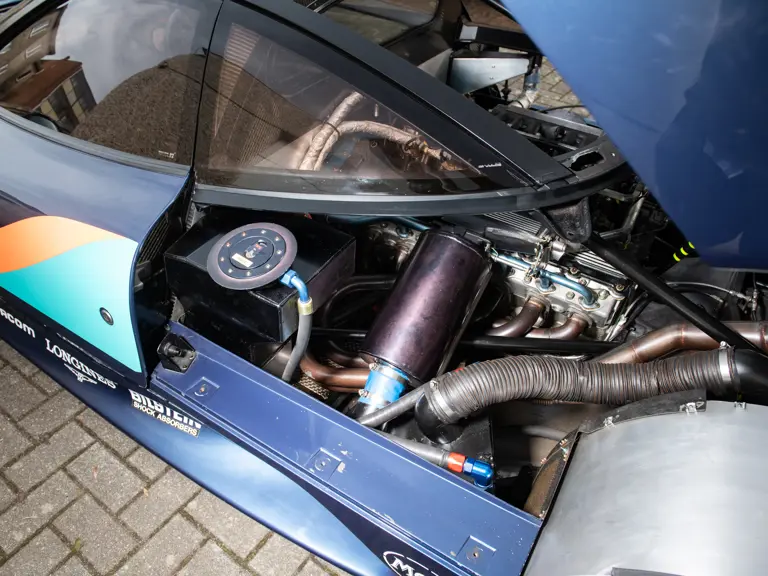

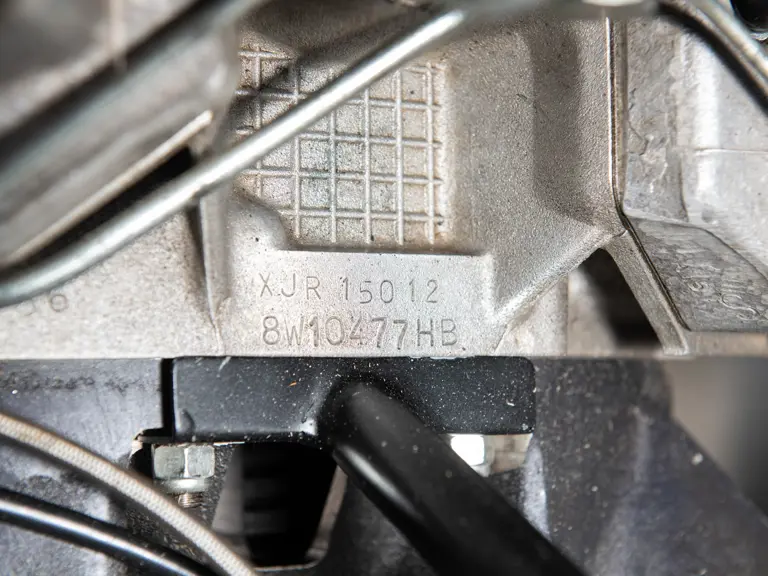
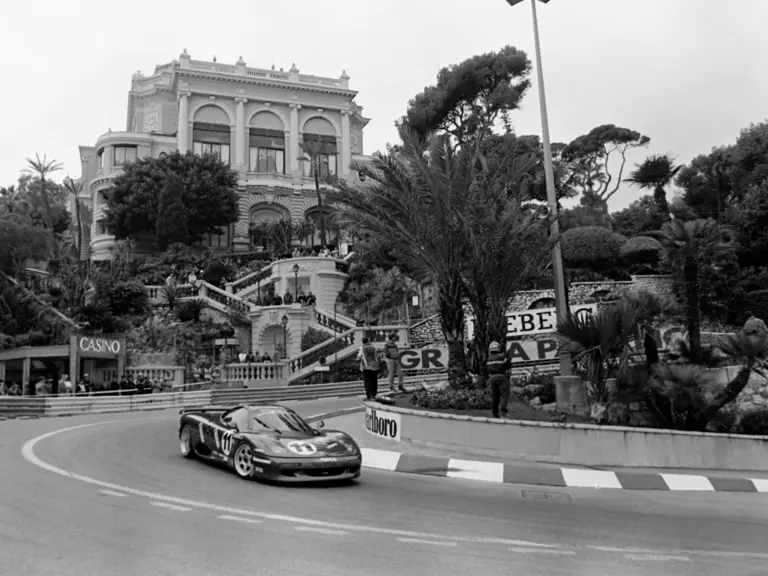

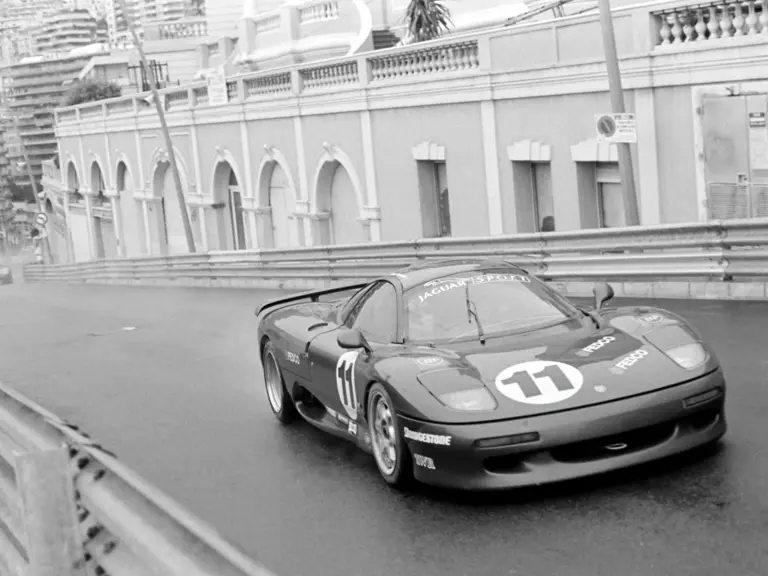

 | Monaco, Monaco
| Monaco, Monaco

